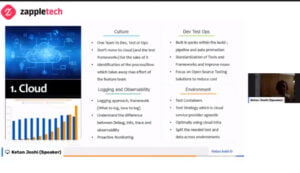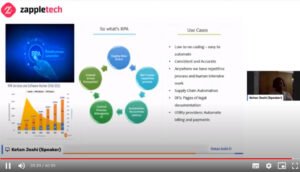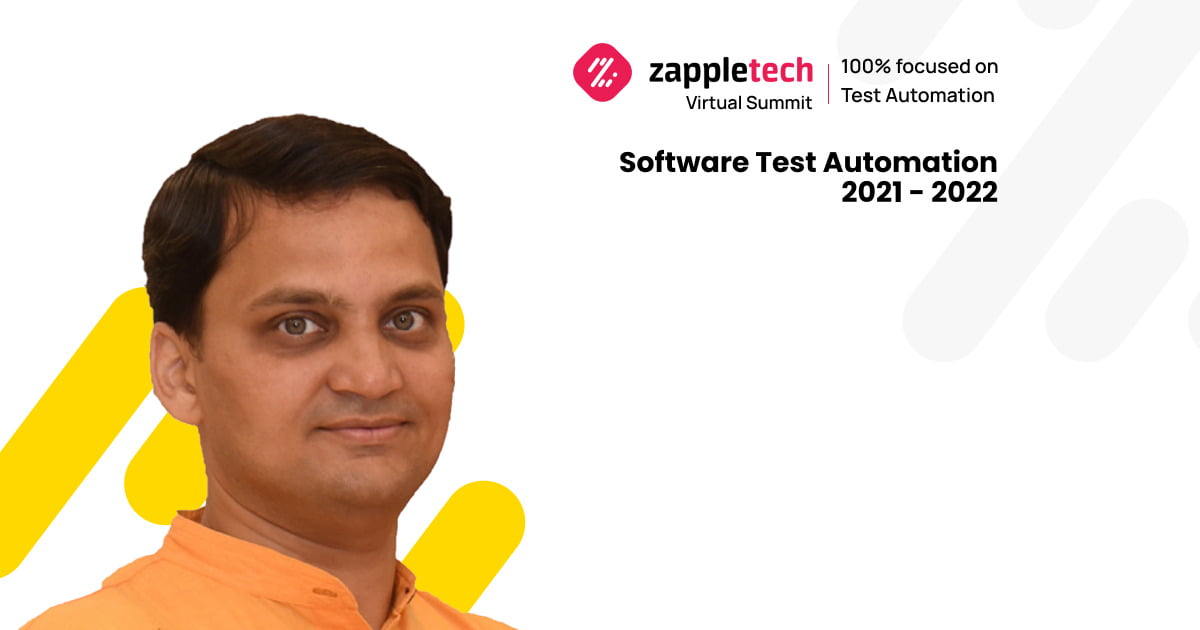Ketan Joshi, a DevOps specialist with experience in Agile methodology, a Google Cloud certified specialist, spoke about how testing has evolved in recent years and its main directions for the future.
Key Changes in Software Testing
- Technology change from a monolith to microservices.
- Multi-devices, multi-OS, multi browsers appeared.
- The Agile and Scrum methodologies, the Kanban development management method and the LESS language are increasingly used in work.
- SAFe is popular among frameworks.
- A need has arisen for T-developers with full-stack development skills autotest specialists.
How Testing has Evolved
 So what has changed?
So what has changed?- Transition to cloud storage. Today, more and more people are opting for the cloud, refusing the local server services. The testing community is no exception. Statistics show that the cost of cloud systems is constantly growing.
- The transition from monolith to microservices. Microservice architecture involves contract testing, conducting a static quality check of the code not only of the app but also of automation.
- Non-functional testing. Today, the community of testers should have the skills to test the software’s functioning and not forget about performance engineering, availability, user experience, and security. These are very important aspects, but, unfortunately, not everyone pays attention to them.
- RPA implementation. Robotic process automation is used in the following cases:
- low or no coding – easy to automate;
- repetitive processes and intensive human work;
- supply chain automation;
- BFS (legal documentation pages);
- automation of bills and payments for utility providers.

Conclusion
And finally, a few recommendations for testers that are relevant in 2022:- We have so much to test and so little time. Evolve!
- There are many important tasks besides automating functional testing. Don’t ignore them!
- Become SMEs build peripheral solutions.
- Don’t stop learning!




